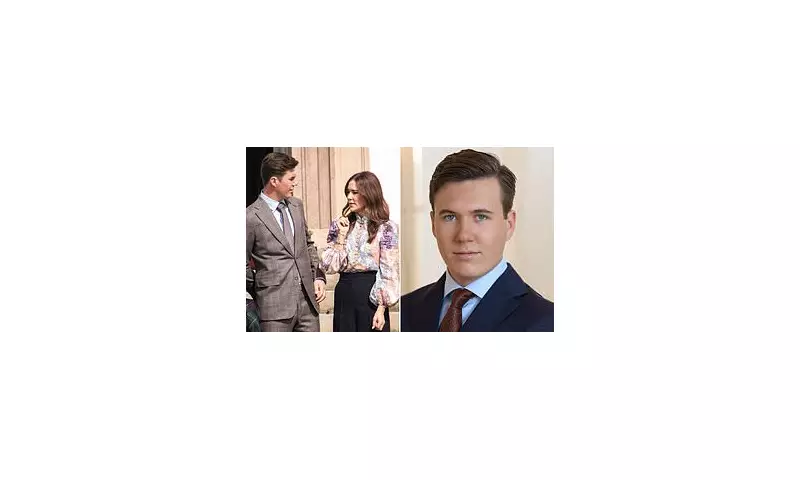
The Danish Royal Palace finds itself at the centre of an unexpected controversy after social media investigators uncovered evidence of extensive Photoshopping in official portraits of Queen Mary and her son, Prince Christian.
Eagle-eyed royal watchers noticed peculiar inconsistencies in recent images released by the palace, sparking widespread debate about digital manipulation in royal communications. The images in question show Queen Mary and the 18-year-old heir appearing noticeably slimmer and with altered facial features compared to their usual public appearances.
The Smoking Gun Evidence
Digital forensics experts and amateur sleuths alike have pointed to multiple tell-tale signs of manipulation. Warped background elements, inconsistent lighting patterns, and unusual body proportions all suggest the images underwent significant digital enhancement before publication.
One particularly telling example shows background architecture appearing to bend unnaturally around Queen Mary's figure, while another reveals Prince Christian's jacket displaying impossible fabric patterns that defy normal tailoring principles.
Public Backlash and Royal Protocol
The discovery has ignited fierce debate across social media platforms and royal commentary circles. Critics argue that such alterations set unrealistic beauty standards and undermine the authenticity that modern monarchies strive to project.
'There's something deeply concerning about airbrushing reality from official royal portraits,' noted one royal commentator. 'The monarchy's strength lies in its human connection, not in presenting digitally perfected versions of its members.'
Palace Response and Tradition
While the Danish Royal House has yet to issue an official statement addressing the Photoshop allegations, the incident raises broader questions about image management in contemporary royal families. Historically, royal portraits have always presented an idealised version of monarchy, but digital tools have taken this tradition into new ethical territory.
The controversy comes at a sensitive time for European monarchies, many of which are working to modernise their public image while maintaining traditional dignity. For Prince Christian, who recently celebrated his 18th birthday and stepped into more prominent royal duties, the incident represents an early lesson in the intense scrutiny facing modern royals.
As the debate continues, royal watchers are watching closely to see how the Danish monarchy will address these concerns and whether this marks a turning point in how royal households approach image management in the digital age.





